Deck & Commander Strategies
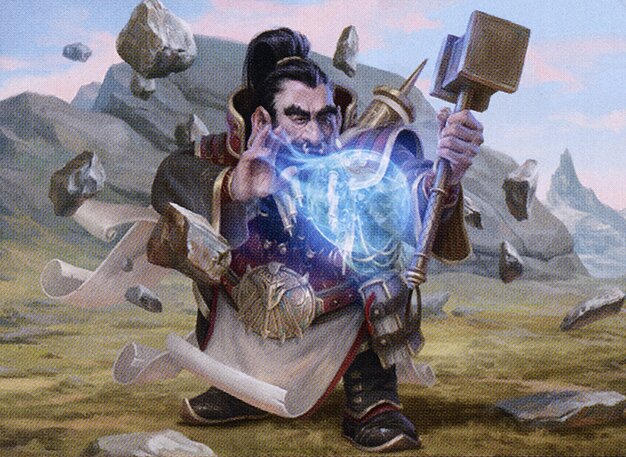
Hofri Ghostforge
Focuses on Spirit tokens and exploiting creature deaths by exiling and copying them, creating a resilient and growing board presence through recursive and theft mechanics.
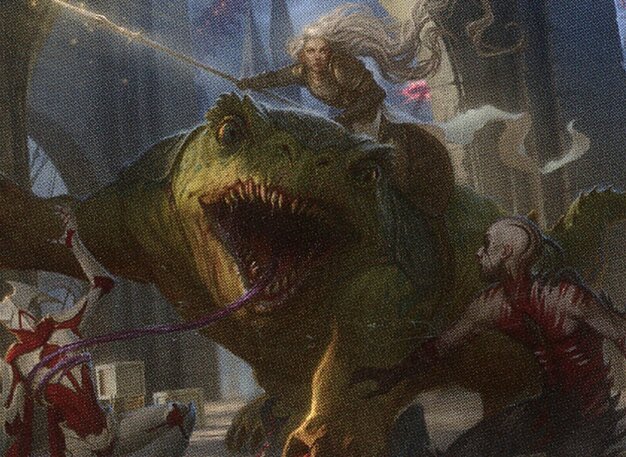
Thalia and The Gitrog Monster
Imposes a taxing effect on opponents’ mana development by making non-basic lands enter tapped, while generating value from landfall triggers and controlling the board through disruption.
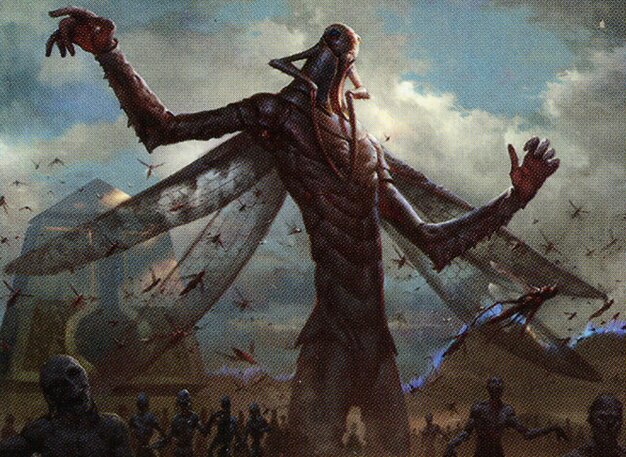
The Locust God
Generates insect tokens continuously by leveraging card draw and token replication, aiming to overwhelm opponents with swarms and synergistic token interactions.
Gameplay Insights
- 1
Using Chancellor of the Annex at turn zero to tax opponents’ first spells effectively slowed down early game tempo and disrupted initial plays.
- 2
Grand Abolisher was strategically played to prevent opponents from casting spells or activating abilities during the player's turn, safeguarding critical plays.
- 3
The Locust God's token replication ability required careful management of land count to maximize insect token production and board growth.
- 4
The Gitrog Monster's taxing non-basic land effect was impactful in slowing opponents’ mana acceleration and controlling the pace of the game.
- 5
Players made tactical decisions to slow down dominant token strategies by targeting key creatures like Scoot Swarm to limit board state growth.
Notable Cards
-
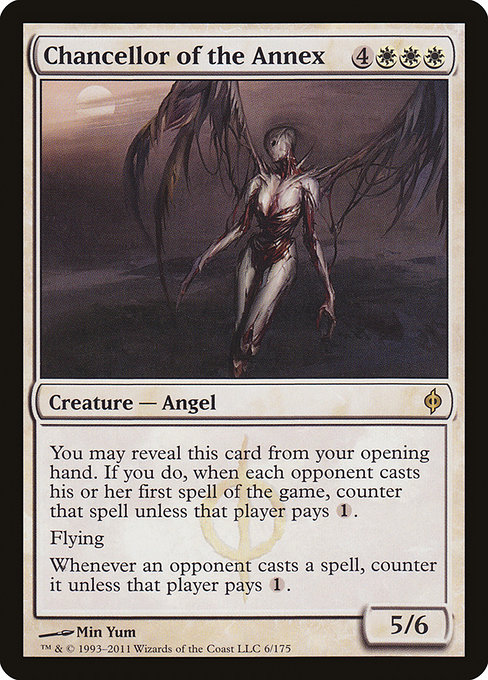
Chancellor of the Annex
-

Grand Abolisher
-

Talisman of Creativity
-
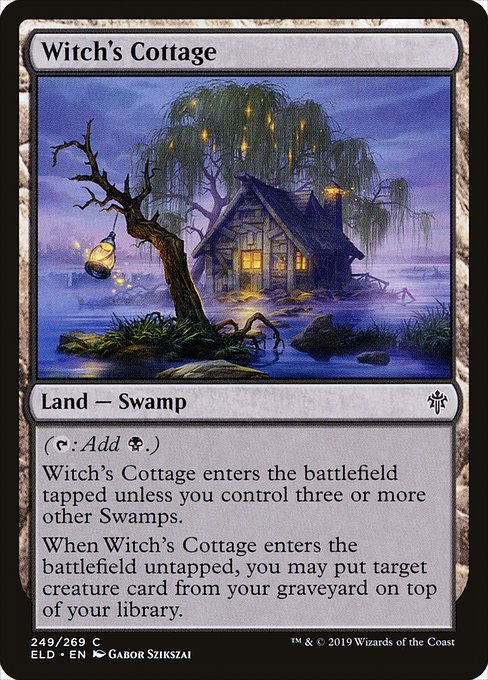
Witch's Cottage
Gameplay Summary
The three-player Commander game featured Hofri Ghostforge, Thalia and The Gitrog Monster, and The Locust God duking it out with distinct strategies that revolve around token generation, control, and landfall synergies.
Early on, Hofri focused on leveraging Spirit tokens and the unique ability to exile and copy creatures upon their death, creating board presence and value through recursive threats.
Meanwhile, Thalia and The Gitrog Monster applied a taxing effect on opponents by making non-basic lands enter tapped, slowing mana development, while capitalizing on landfall triggers to generate incremental advantage.
The Locust God player aimed to build a swarm of insect tokens, leveraging card draw and board presence through repeated token creation and exploitation of synergistic interactions. Key moments included the use of Chancellor of the Annex to tax early spells, forcing opponents to pay extra or face counterspells, which disrupted initial tempo.
Hofri's use of Grand Abolisher during opponents' turns helped protect their board state and prevent interruption.
The Locust God player created multiple token copies of Scoot Swarm but faced pressure to maintain enough lands to sustain the token replication.
The Gitrog Monster’s taxing land effects and landfall synergies slowed down opponents while steadily ramping into impactful plays.
The game featured strategic pacing where players balanced aggressive token generation with disruption and control, culminating in a tense board state where removal and tempo plays dictated the flow.


































![Commander VS S16E7: The Locust God VS Horde of Notions VS Tatyova VS Balan [EDH] thumbnail](https://i.ytimg.com/vi/yqrnU70Qx6I/sddefault.jpg)








